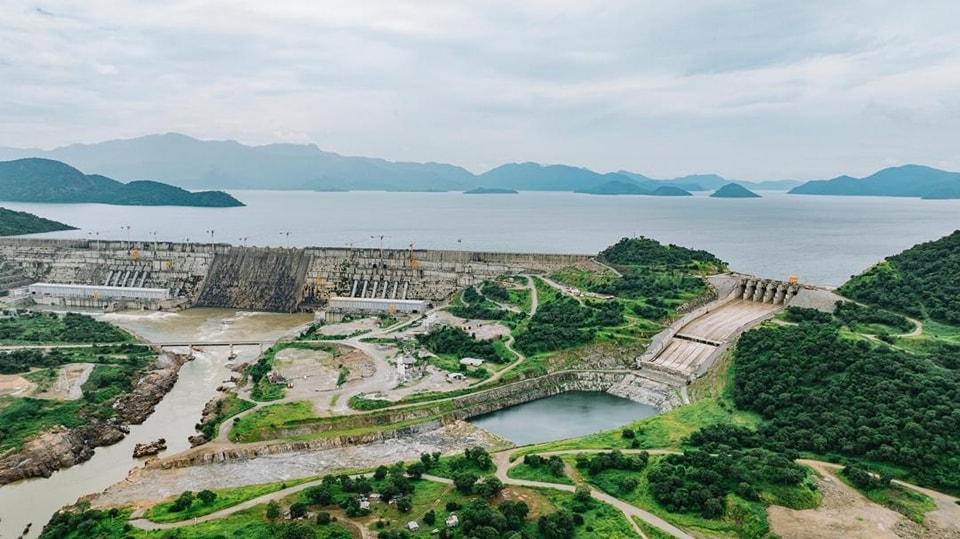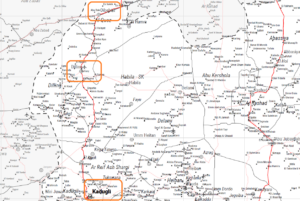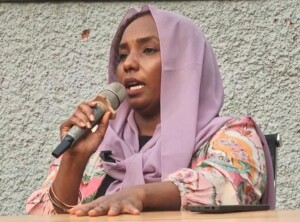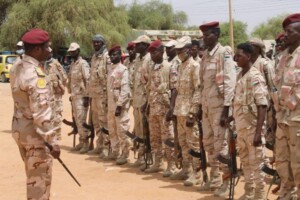Grand Ethiopian Renaissance Dam: US President Trump announces efforts to resolve disputes

The Grand Ethiopian Renaissance Dam after full filling in August 2024 (Photo: Government of Ethiopia)
US President Donald Trump said on Monday that his administration is working to resolve the dispute between Egypt and Ethiopia over the Grand Ethiopian Renaissance Dam (GERD), which is set to be officially inaugurated in September despite objections from Egypt and Sudan.
During his meeting with NATO Secretary General Mark Rutte at the White House, Trump said that the US administration is working with Ethiopia to resolve this issue, saying: “I think if I were Egypt, I would want the water to reach the Nile River, and we’re working on that. It’s a problem, but it will be solved. [Ethiopia] has built one of the largest dams in the world. It’s located just outside Egypt […] and it’s turning out to be a big problem.”
He added, “I think the United States is funding the dam. I don’t know why they didn’t solve the problem before building the dam. But it’s nice to have water in the Nile […] It’s a very important source of income for life. It’s the life of Egypt, and for that to go away is unbelievable. But we believe we’ll solve it very quickly.”
On July 3, 2025, Ethiopian Prime Minister Abiy Ahmed announced before Parliament that the dam’s official inauguration would take place the following September. This announcement comes in defiance of Egyptian and Sudanese refusal to unilaterally operate and manage the dam, citing its impact on the water share of the two downstream countries.
Launched in 2011 with a $4 billion budget, the GERD is Africa’s largest hydroelectric project and a major source of national pride for Ethiopia.
Located on the Blue Nile near the Sudanese border, it is central to Ethiopia’s push to expand electricity access and drive economic growth.
Ethiopia views the dam as essential, but Egypt and Sudan see it as a threat to their share of Nile waters. Built without a binding agreement, the dam has fuelled years of tension over water rights, filling timelines, and regional influence.
A Declaration of Principles signed in 2015 has yet to result in a legal framework.











 and then
and then